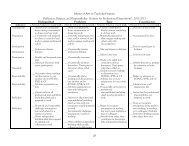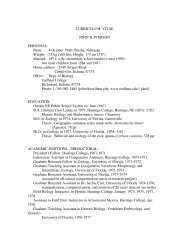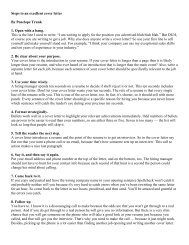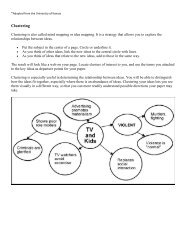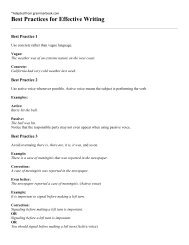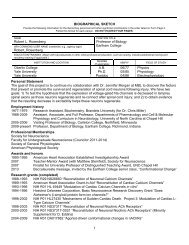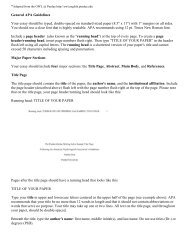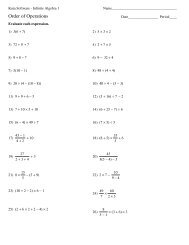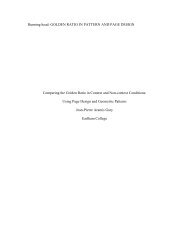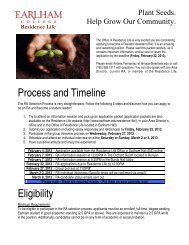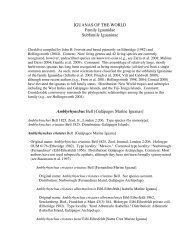Package
Package
Package
You also want an ePaper? Increase the reach of your titles
YUMPU automatically turns print PDFs into web optimized ePapers that Google loves.
Step2<br />
Provide internal protection. (cont.)<br />
Expanded polystyrene “peanuts”<br />
– Used primarily as void-fill material for lightweight<br />
items.<br />
– Overfill the box with peanuts, then gently close<br />
the flaps and seal.<br />
– Due to the shifting and settling properties of peanuts,<br />
it is recommended that a minimum of three inches<br />
of cushioning be used around the contents.<br />
– Not recommended for use with flat, narrow, or dense<br />
products that may migrate to the edge or bottom<br />
of the carton during transit.<br />
Engineered foam enclosures<br />
– Should be preformed for specific products for proper<br />
cushioning performance.<br />
– Materials may include expanded polystyrene,<br />
polyethylene, polypropylene, or copolymers.<br />
Foam-in-place (a foam, sprayed into the box or mixed<br />
in packets, that expands and forms a protective mold<br />
around contents)<br />
– Provides good cushioning when foam is evenly<br />
distributed around the contents.<br />
– Select appropriate density of foam to meet packaging<br />
needs which can range from void-fill application to<br />
high-performance cushioning.<br />
Corrugated board<br />
– Can be laminated together to form blocks or pads,<br />
which are useful for blocking and bracing items inside<br />
the box.<br />
– Can also be die-cut, slit, or scored to form trays,<br />
partitions, or liners to increase package strength,<br />
improve performance, or separate items from each<br />
other within the package.<br />
– Not recommended for fragile items.<br />
4



